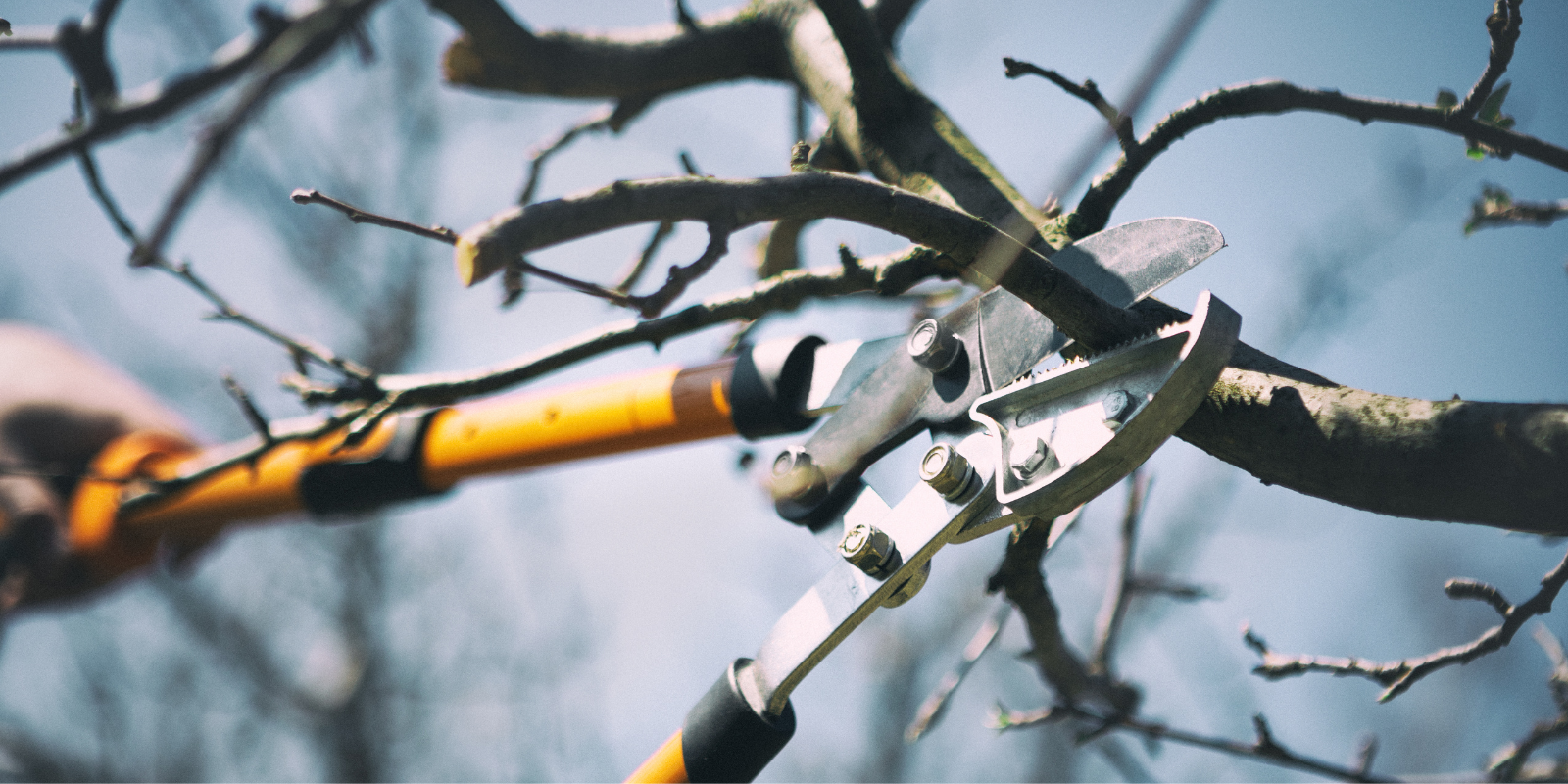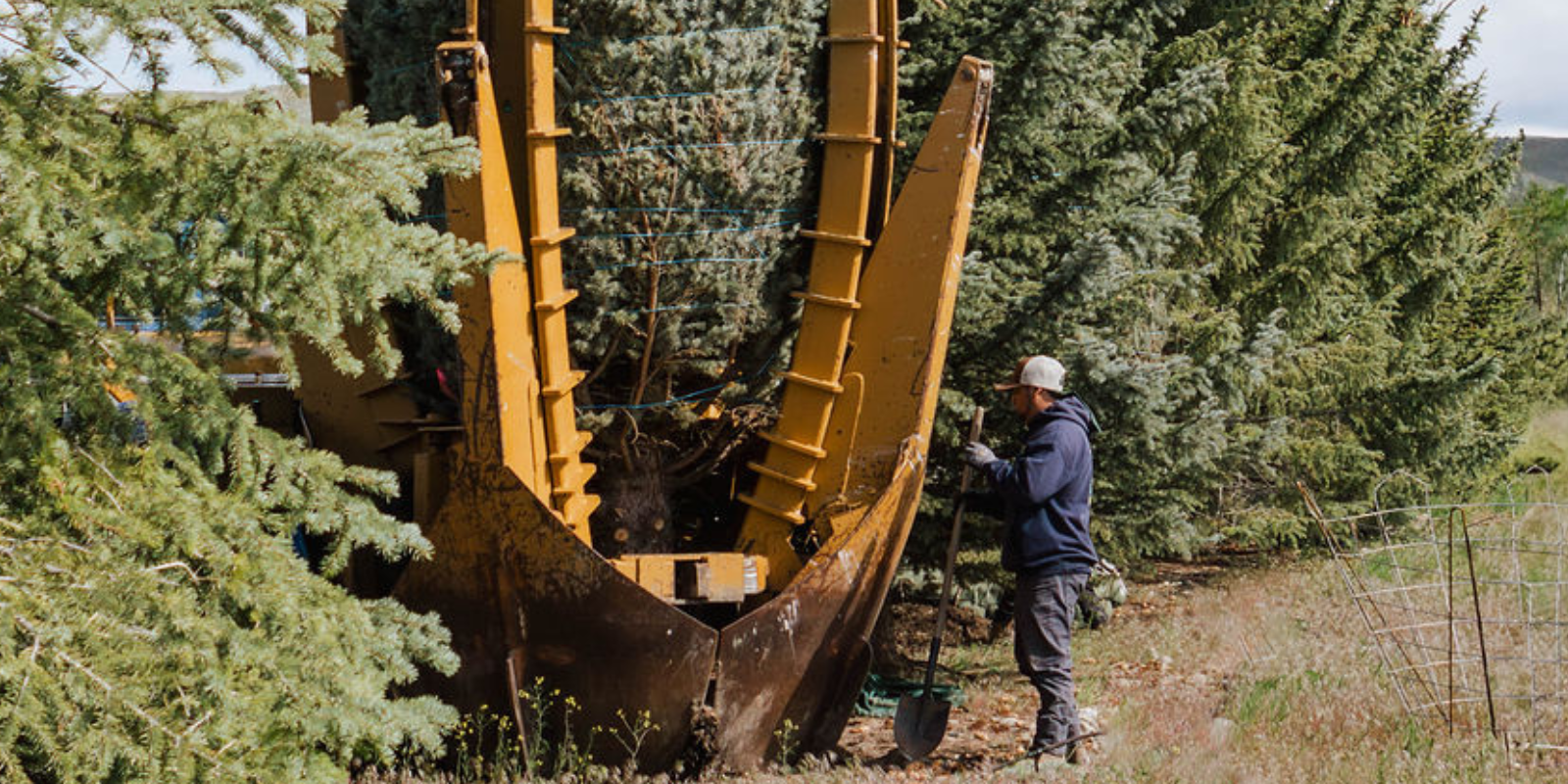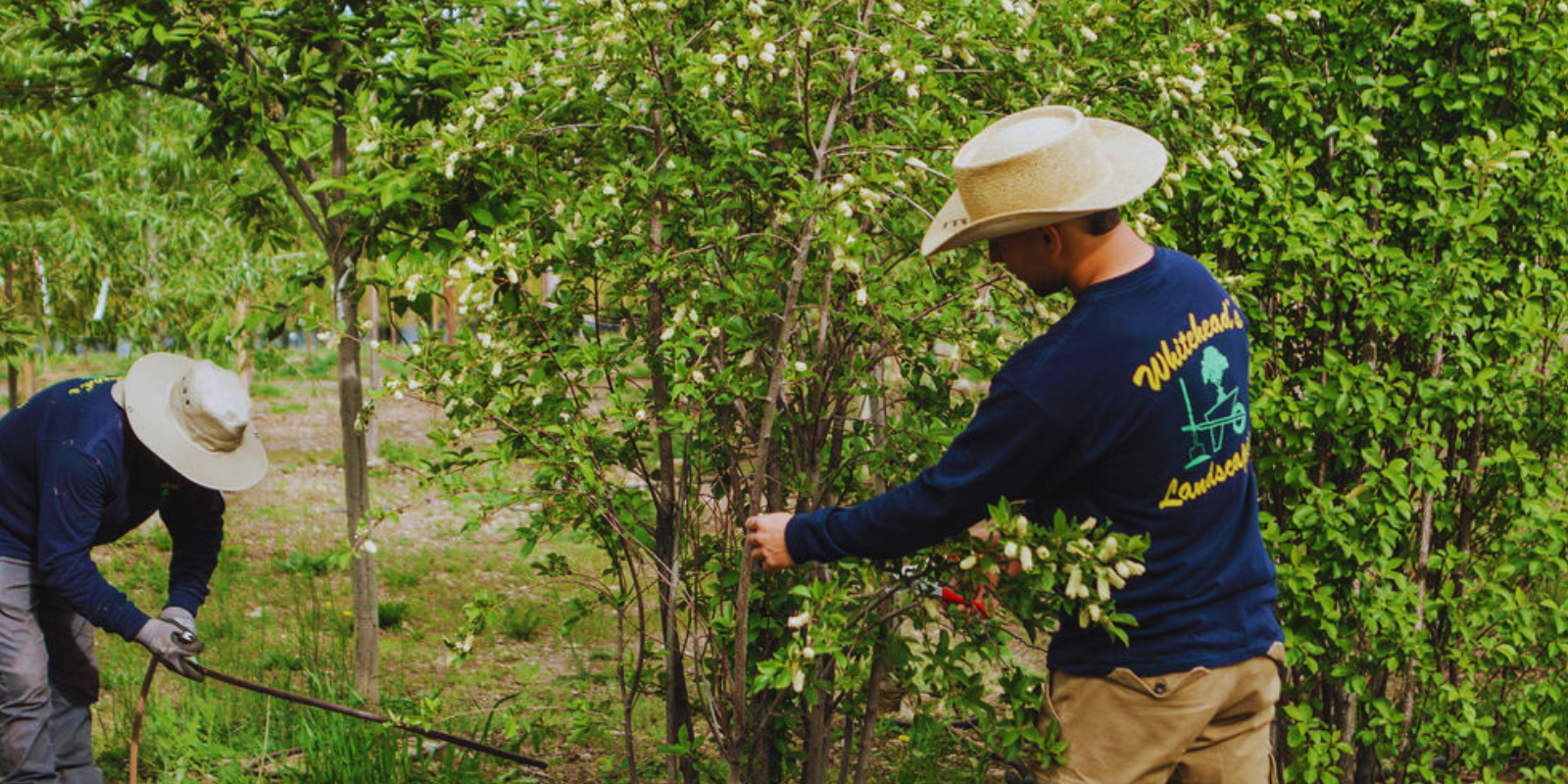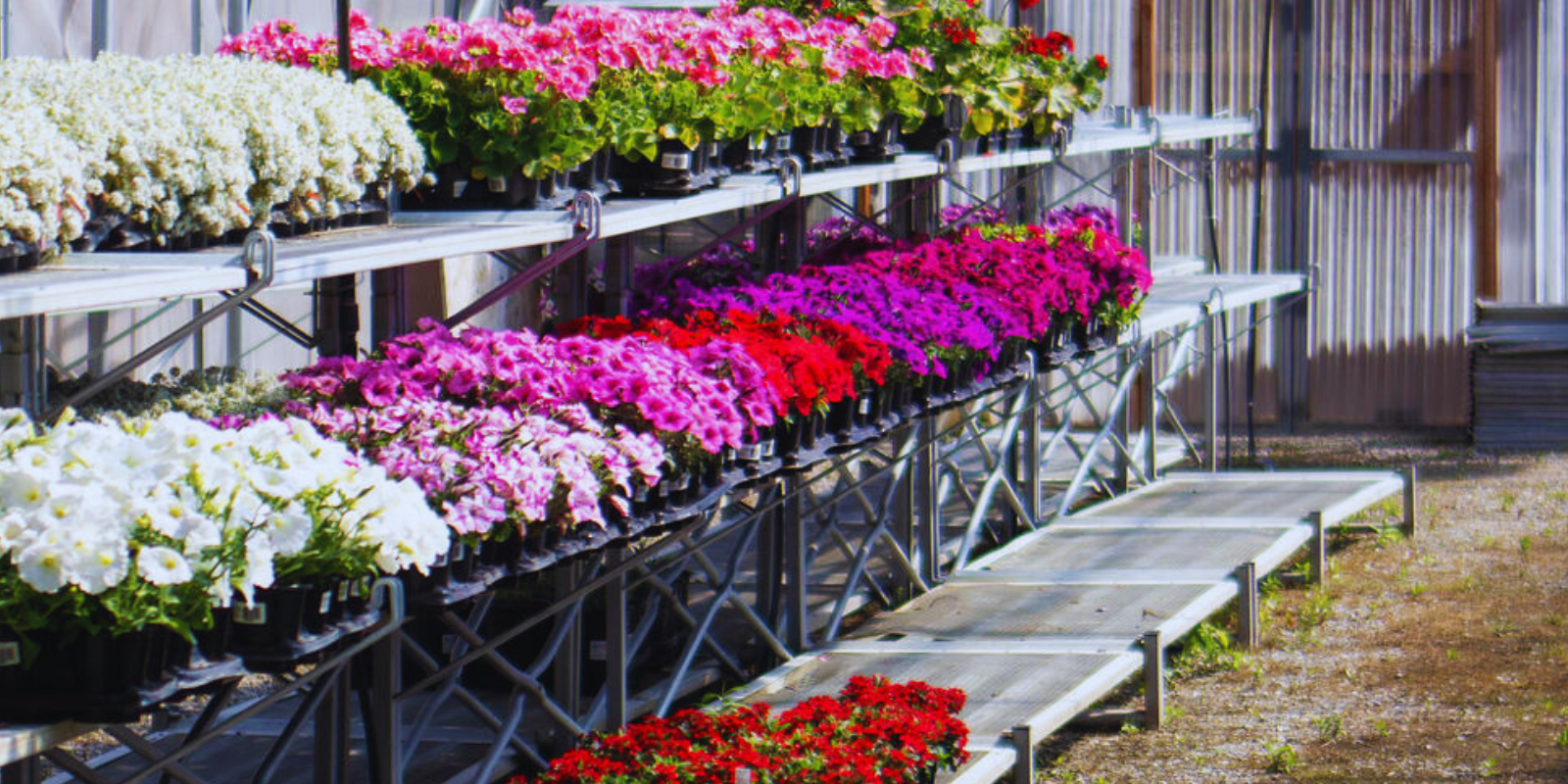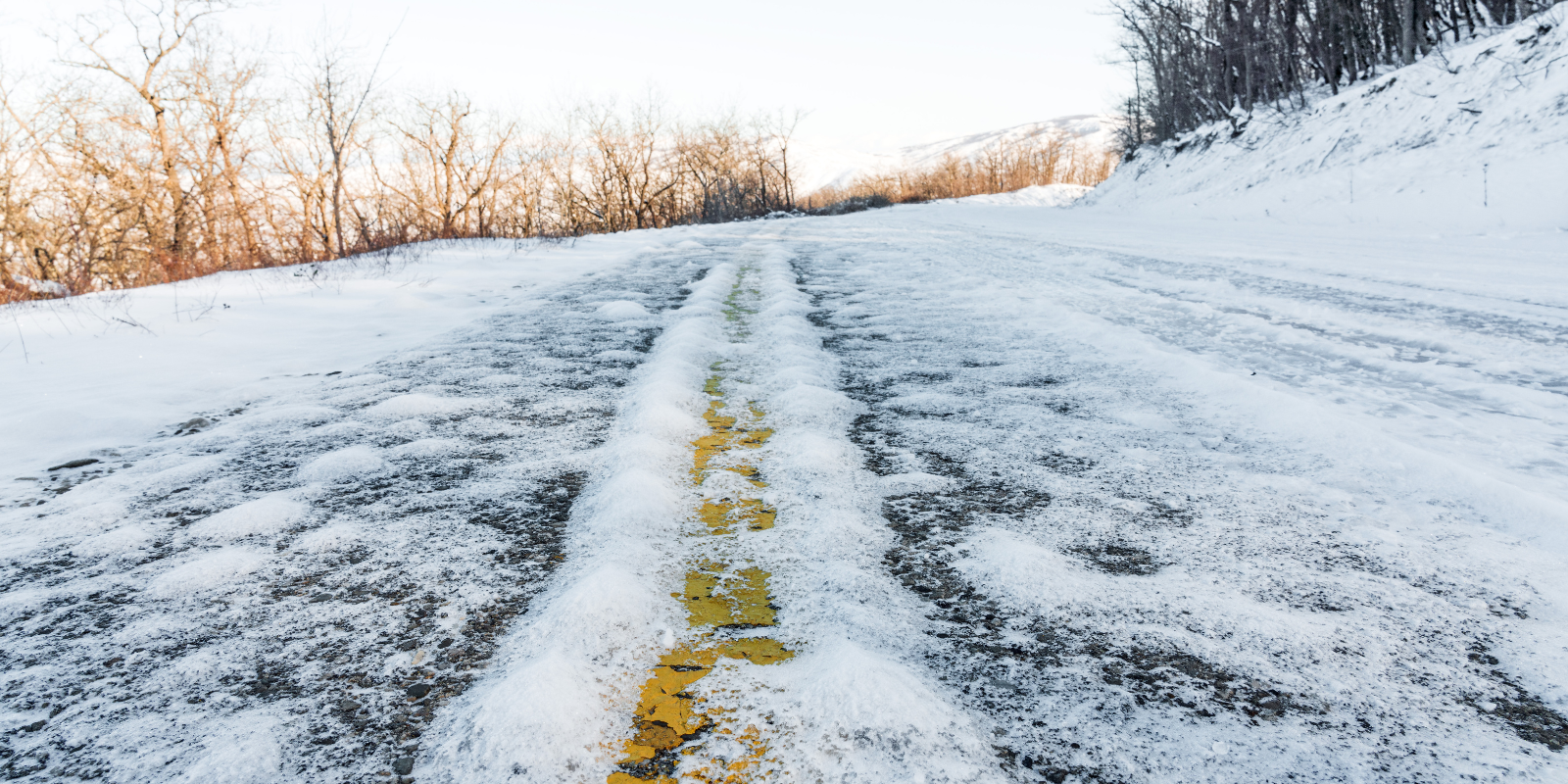Understanding Winter Pruning
As the cold embrace of winter settles over Idaho’s picturesque landscapes, gardeners and landscapers turn their attention to a crucial aspect of plant care: winter pruning. This practice, often overlooked, is a vital component of maintaining the health and vigor of various plants and trees, particularly in high-altitude areas like Idaho. Winter pruning involves selectively removing parts of a plant or tree during the dormant season, which typically spans from late fall to early spring. This timing is strategic, as it allows for minimal stress on the plants and optimal growth in the coming spring.
The primary goal of winter pruning is to promote healthy growth. By removing dead, diseased, or overcrowded branches, gardeners can improve air circulation and sunlight penetration throughout the plant. This not only enhances the plant’s overall health but also encourages the development of strong, new growth in spring. Additionally, winter pruning helps to maintain the desired shape and size of plants, ensuring a tidy and aesthetically pleasing landscape.
For those living in high-altitude regions like Idaho, winter pruning is especially crucial. Plants in these areas face unique challenges, including harsher temperatures and shorter growing seasons. Pruning during the dormant season helps these plants withstand winter’s rigors and emerge stronger in the spring. It is also an excellent opportunity to inspect plants for any signs of disease or pest infestation, which can be more easily identified and treated without the foliage.
Selecting the Right Plants for Winter Pruning
Not all plants benefit equally from winter pruning. In Idaho’s diverse ecosystems, certain species are more suited to this practice than others. Deciduous trees and shrubs, for instance, are prime candidates for winter pruning. Without their leaves, it’s easier to see the structure of these plants and make precise cuts. Fruit trees are another group that significantly benefits from winter pruning. By removing old or crowded branches, gardeners can improve fruit production and quality.
On the other hand, some plants, particularly certain flowering shrubs, should not be pruned in winter as they set their flower buds in the previous growing season. Pruning these plants in winter would remove these buds, reducing the blooms in the upcoming spring. Therefore, it’s essential to understand the specific pruning needs of each plant in your garden.
The Technique: How to Prune Properly
The technique of pruning varies depending on the type of plant and the desired outcome. However, some general principles apply universally. First, it’s crucial to use the right tools, such as sharp, clean pruners or loppers, to make clean cuts that heal quickly. Second, when pruning, it’s important to cut back to a bud, branch, or the trunk, avoiding leaving stubs that can lead to disease and decay.
One common technique is thinning, which involves removing entire branches to open up the plant’s interior. Another technique, heading back, entails cutting back branches to a desired length to encourage bushier growth. Regardless of the method, it’s vital to avoid over-pruning, as this can stress the plant and impede its growth.
Safety Considerations
Winter pruning in Idaho often means working in cold, potentially snowy or icy conditions. It’s important to prioritize safety, both for the person pruning and the plant. Ensure that ladders are stable and that pathways are clear of ice to prevent accidents. Additionally, be mindful of the plant’s health by making cuts that promote healing and reduce the risk of disease.
Preparing for Robust Spring Growth
Ultimately, the efforts put into winter pruning pay off when spring arrives. Plants pruned during the winter are better equipped to channel their energy into new growth, resulting in a more vibrant and healthy garden. This practice not only enhances the aesthetic appeal of your landscape but also contributes to the overall health and longevity of your plants.
Winter pruning is a crucial practice for gardeners and landscapers in Idaho and similar high-altitude regions. By understanding which plants benefit from this practice, employing the proper techniques, and taking safety precautions, you can ensure that your garden remains healthy, beautiful, and ready to burst into life come spring.

